Photo


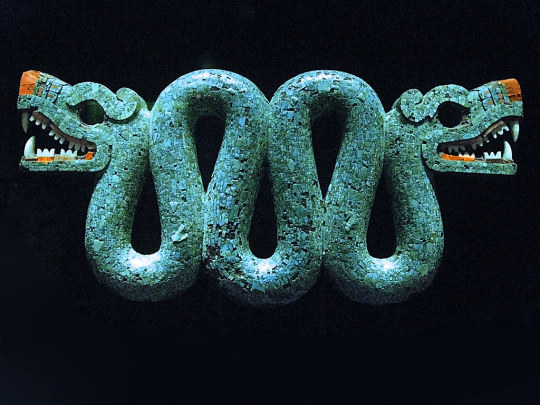
Tezcatlipoca mask, pyrite, shells, and lignite mosaic, on a human skull. 16th century.
Bicephalous serpent breastplate, shells and turquoise mosaic on wood. Around 1400 - 1521.
British Museum (London) collection.
#mesoamericanaesthetic#aztec#Mixtec#tezcatlipoca#mask#serpent#mosaic#turquoise#mesoamerica#precolumbian#art
175 notes
·
View notes
Photo


Olmec Colossal heads, from San Lorenzo Tenochtitlan (conserved at the Museo Nacional de Antropologia e Historia, Mexico) and La Venta, Mexico (copy in situ). Stone, 12th century B.C.
34 notes
·
View notes
Photo
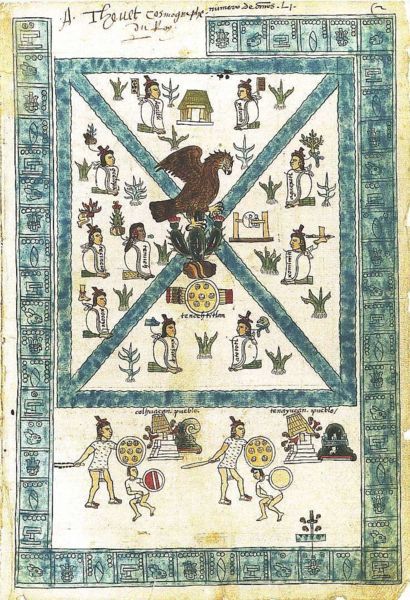


Representations of the city of Tenochtitlan, capital of the Aztecs.
Up right : second folio of the Codex Mendoza depicting the foundation of Tenochtitlan. Painted european paper, 1541-1542. Oxford University.
Up left : Tenochtitlan map given as a gift to Cortes around 1519-1521. Publicated in “Praeclara Ferdinandi Cortesii de nova maris Oceani Hispania narratio“, Cortes’ second letter to the emperor Carlos V in 1524. Newberry library, Chicago.
Bottom : “La Grande Tenochtitlan”, fresco by Diego Rivera, 1945. Palacio National, Mexico.
#mesoamericanaesthetic#tenochtitlan#codex#codex mendoza#cortes#map#mesoamerica#mexico#mexica#fresco#diego rivera
15 notes
·
View notes
Photo

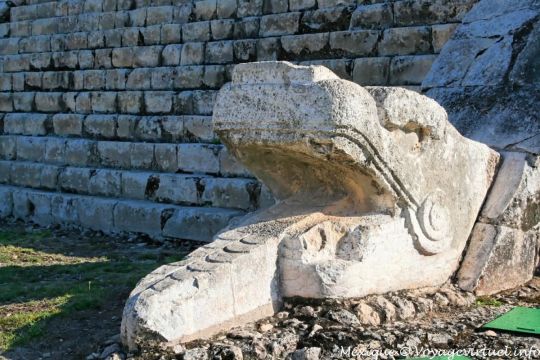
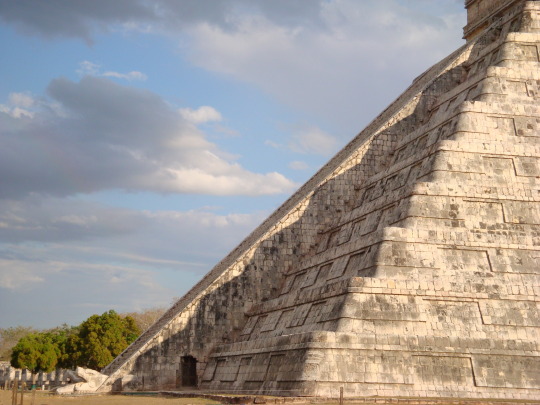
The serpent god Kukulkan descending on earth as the sun sets on the temple of Kukulkan, also know as El Castillo, in Chichen Itza, Mexico. Around 900 - 1200 AD.
47 notes
·
View notes
Photo
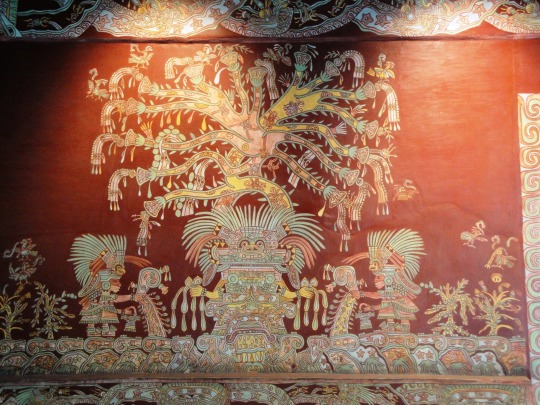
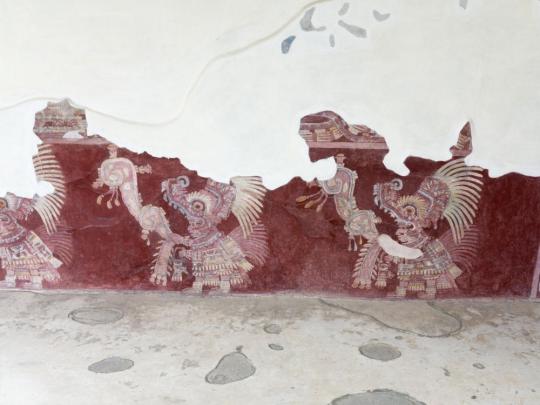

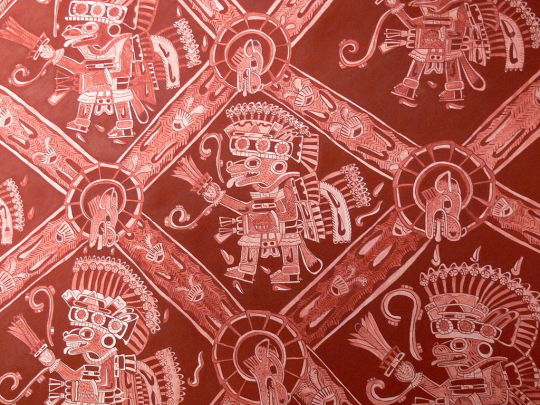
Frescoes decorating temples and houses in the city of Teotihuacán, Mexico. Around 200 BC - 500 AD.
156 notes
·
View notes
Note
Ok good blog, but what about llamas ?
Well, I was expecting this ask sooner or later so here it goes. America is a immense continent, but most of its world image is : « eskimo » in the artic (I, like many others and the Inuits themselves don’t like the word, it is really recommended to use the word inuit but im off topic), some weird feathered dudes in what we call today the States and for the rest of the continent : some gals’n’pals with little clothing, living in a forest and killing a bunch of little kids and maidens as sacrifice. Oh and they have this funny serpent god. And llamas.
Reality is, well, not that, to put it simply. As I said, America is IMMENSE and counts so many different cultures, which grew and died before Colombus could even formulate an intellegible thought. So, to give your ask a short answer : the llamas aren’t a species from Mesoamerica, but from South America, and more precisely in la Cordillera de los Andes. So not my area of expertise, I’m afraid this is a llama-free blog, I am ever so sorry 😔. For those who are interested, the long answer is under the cut, with some maps for better understanding !
So, the term Mesoamerica was proposed in 1943 by Kirchhoff who defined it as « a cultural area of the middle America where a certain community could exist between different ethnic group. » Some of those similarities are : corn, cacao, pyramids or the ball game. The most know cultures of this area are the Aztecs (their capital, Tenochtitlan was in the middle of a lake know today as Ciudad of Mexico), the Mayas (a civilisation that lived threw centuries in the Punisula del Yucatan). But there are many, many more, from the Olmecs (and before) to the Tarascan, ennemies of the Aztecs in the West of Mexico.

Here’s a little map I stole from Khan Academy so you can see which countries form this mesoamerican area.
The mesoamerican area is caracterised by its late use of metals (unlike the andean area. The artcraft was very “lithic orientated” and the obsidian played an important symbolic role. There was no use of the wheel, although they knew about the concept, as seen in little kids’ toys. As the geography is composed of many high mountains, they had no use of charriots, as it was easier to walk and before europeans arrival, there were no animals big enough to pull such devices (no llamas). The biggest animal in precolombian times was the deer, and was seen as an lengendary creature.
In this blog I only post about art, but the mesoamerican area has so much more to offer. Antique gods, beautiful landscapes, inspiring legends and above all very courageous people, population who still live, after centuries of cultural genocide.
On a happier note, the llamas you seek are right here

La Cordillera de los Andes (The Andes Mountains) is where the Inca empire ruled, from Ecuador to Chile, until the coast. So please note that these are very different cultures. First of all, they had llamas, yes, they did not played the ball game, they had different gods... Think of it as West and East Europe : same continent, some similarities but you would never think of them as the same, wouldn’t you ?
Here ends my rent, I’m so sorry it turned so long :’) But I know that for many countries, this is very exotic and people don’t know the distictions, often putting Incas with Aztecs in Mexico... so here you go, a little reminder !
Oh ! and just for you, but only this time !
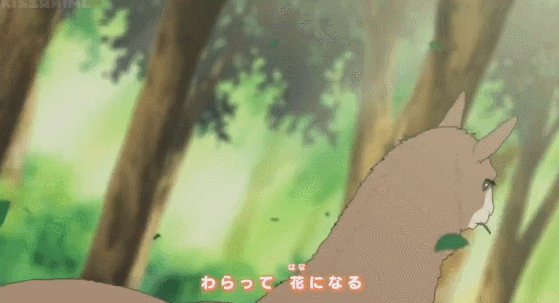
17 notes
·
View notes
Photo
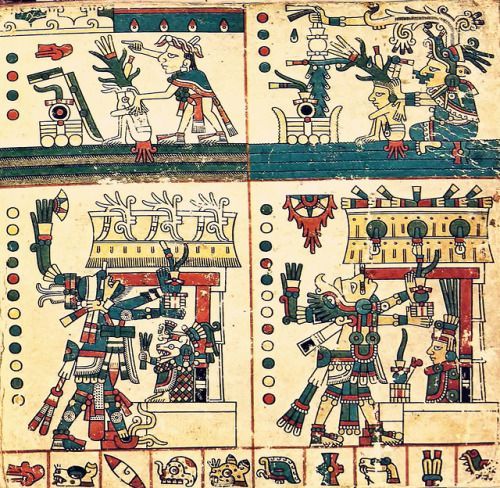
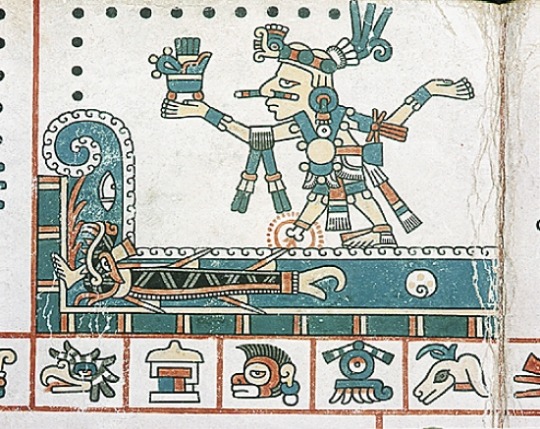
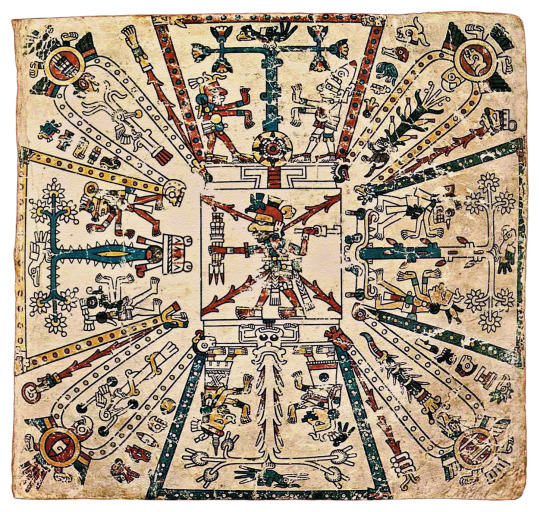
Details of the Codex Fejérvary-Mayer, mixtec-pueblo illustrations. Painted deer skin, around 1350-1521. World Museum, Liverpool.
86 notes
·
View notes
Photo


Atlantes of the temple of Tlahuizcalpantecuhtli guarding the Palacio Quemado in Tula, Mexico. Around 850 - 1150 AD
75 notes
·
View notes